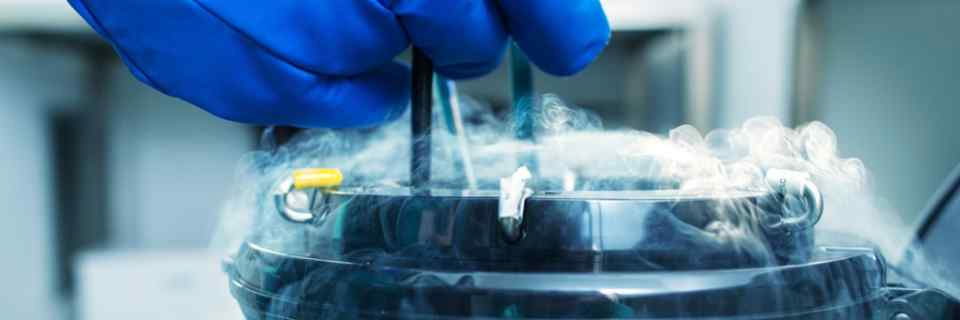
FERTILITY TREATMENT
In Vitro Fertilization (IVF)
The initials IVF stands for in vitro fertilization,with “in vitro” being Latin for “in glass”- a reference to the glass test tubes used in the laboratory. This is where the phrase ’test tube baby’, often used in the media, stems from.
In vitro fertilization, in simple language, is growing, collecting and combining eggs with spermin the laboratory to create embyos to be transferred to a woman’s womb.
IVF treatment –in summary– involves administration of fertility drugs to stimulate your ovaries to produce a number of eggs and then, using a minor surgical procedure,we collect your eggs and place them in a culture dish( rather than a test tube) with prepared sperm for fertilization.
One or two of the resulting embryos can then be transferred to your womb, and any suitable embryos not used in this cycle can be frozen for you to use in future.
It is generally used in couples who have failed to conceive after at least one year of trying who also have one or more of the following:

Intracytoplasmic Sperm Injection
ICSI stands for Intracytoplasmic Sperm injection.The procedure follows on from egg collection and involves injecting a single sperm into the centre of each mature egg,to help fertilization to occur. We might recommend ICSI when:
Blastocyst Culture :
This term describes the process when the embryos grow for longer in the laboratory,and undergo critical developmental chages before being returned to the womb.
This period of extended culture helps our experts select the most competent embryo(s) for transfer to your womb,and can help to indicate which embryos have the best growth potential.Therefore,blastocyst culture maximizes the chance of you achieving viable pregnancy.
By the time an embryo has reached the blastocyst stage,its alresdy undergone several cell divisions and achieved its first cell differentiation into two distinct cell types.
Although this period of extended culture doesn’t necessarily improve the quality of the embryos,or gurantee that they reach the blastocyst stage,we have impressive success rates for this treatment.
Who needs Blastocyst culture?
You are likely to benefit from this treatment if you have large number of embryos.That’s because not all embryos have the ability to form a blastocyst,and the number of embryos progressing each day may decrease. This advanced technique allows the most competent embryo(s) to be selected for the transfer on fifth day following egg collection. The treatment cycle is exactly same as of IVF,except that the embryos will be cultured longer in laboratory.This simply means the day of your embryo transfer will be five days after egg collection.

Embryo Freezing
Embryos are often frozen during an IVF cycle when fresh embryos are transferred and additional embryos created in that cycle ,but not transferred at the time ,are frozen.Sometimes,due to medical reasons all embryos are kept frozen.They can be stored for your future use for upto 5 years.(acc to ICMR guidelines.)
Who needs Embryo freezing?
Frozen Embryo Transfer:
It means replacing thawed frozen embryos in the womb at the optimum time for implantation.Oral medications and/or minimal amount of injections required for endometrial lining preparation.This helps the woman avoid undergoing injections for growth of eggs again.

Sperm freezing:
Sperm freezing and bankingis a form of fertility preservation,intended to keep open your options for having child in future.
Who needs sperm freezing?
Impending surgery or treatment that may damage your fertility is the most common reason for freezing,e.g vasectomy and treatment of cancer. In cases of low sperm count we do back up semen freezing for short term. Renewal of sperm freezing is done every 12months in cases of long term freezing and every 3mths in case of short term freezing after proper approval from the patient.
Surgical sperm retrieval techinique ( SSR), is a minor surgical procedure that’s used to harvest sperm directly from your testis or epididymis.
Who needs SSR?
The surgical retrieval of sperm may enable the 1-2% of patients who have no sperms in the semen.(a condition known as azoospermia).This may be due to: .Failure of the sperm passage to develop(congenital absence of the vas deferens) A blockage of the sperm transport tubules( rete,epididymis or vas deferens) A previous vasectomy operation. Insufficient sperm production in testis due to various diseases,congenital problem and X-ray treatments.
A. PESA stands for Percutaneous epididymal sperm aspiration ,this procedure is usually done under sedation with pain relief but can also be done under General anesthesia. Sperms are directly extracted from epididymis(duct above the testis) by using a fine needle which is passed through the skin of scrotum ,small amount of fluid is obtained and examined for sperms.If sperms are found,they are used for ICSI/or kept frozen.
B. TESA stands for testicular sperm aspiration,this procedure is usually done under GA. Sperm is extracted directly from the testicles by passing a fine needle directly into the testicle,small amount of tissue is extracted and examined and preserved for sperm.







